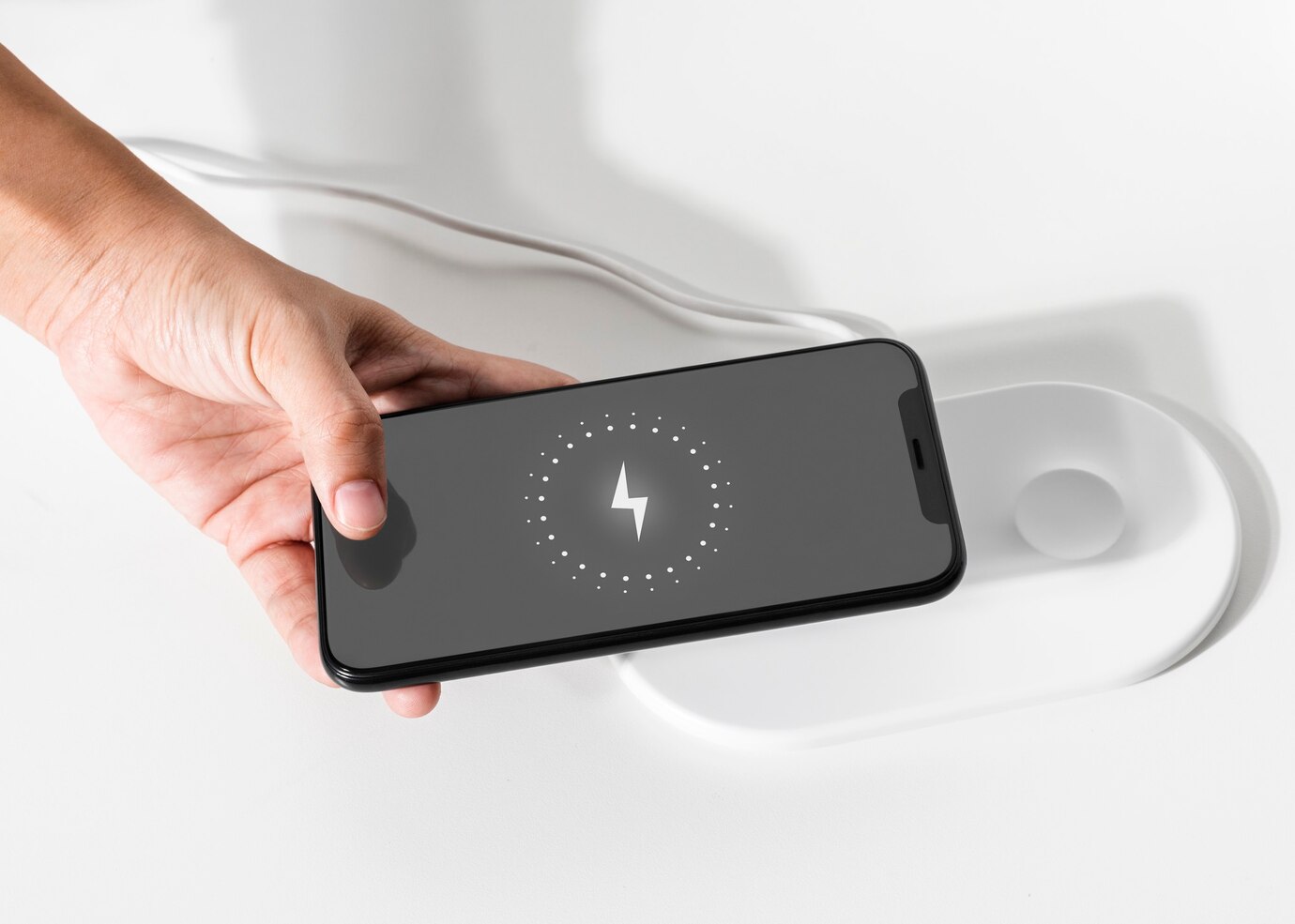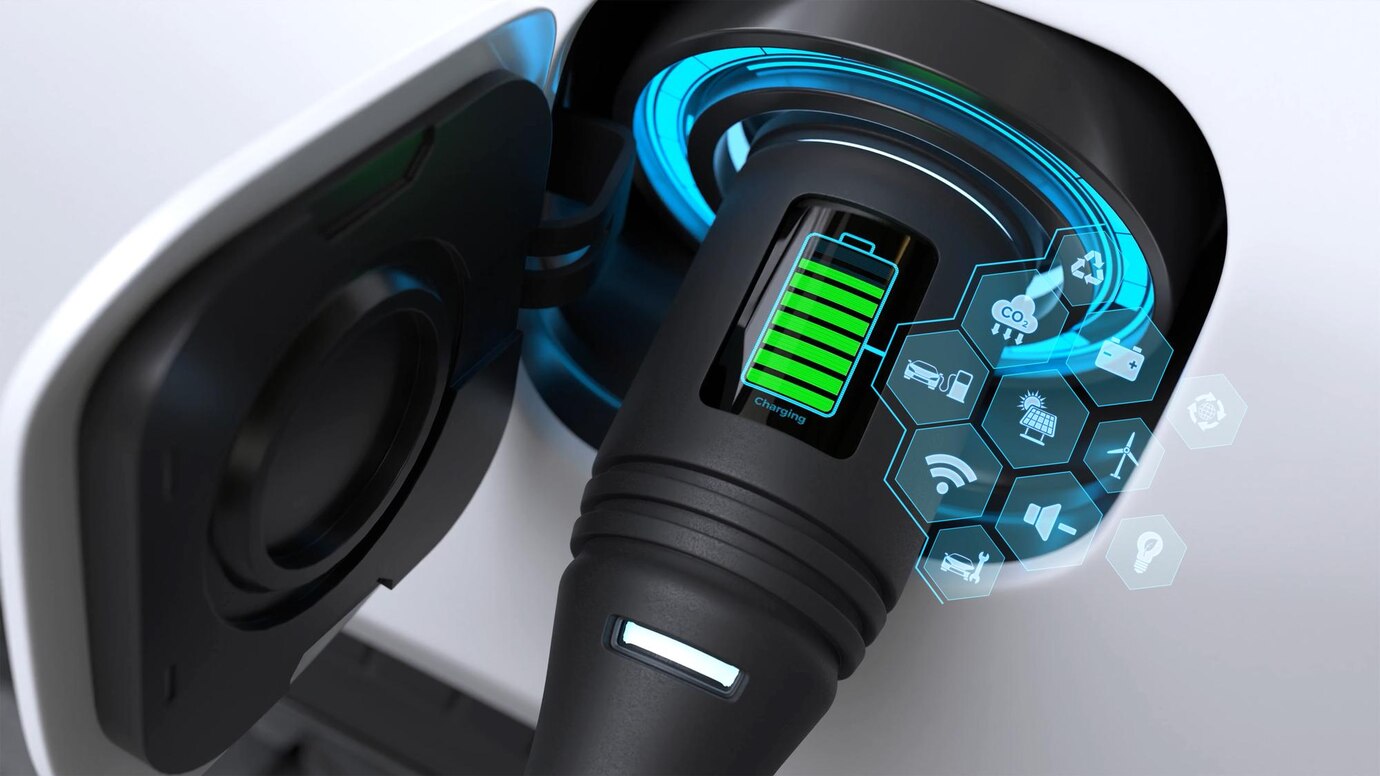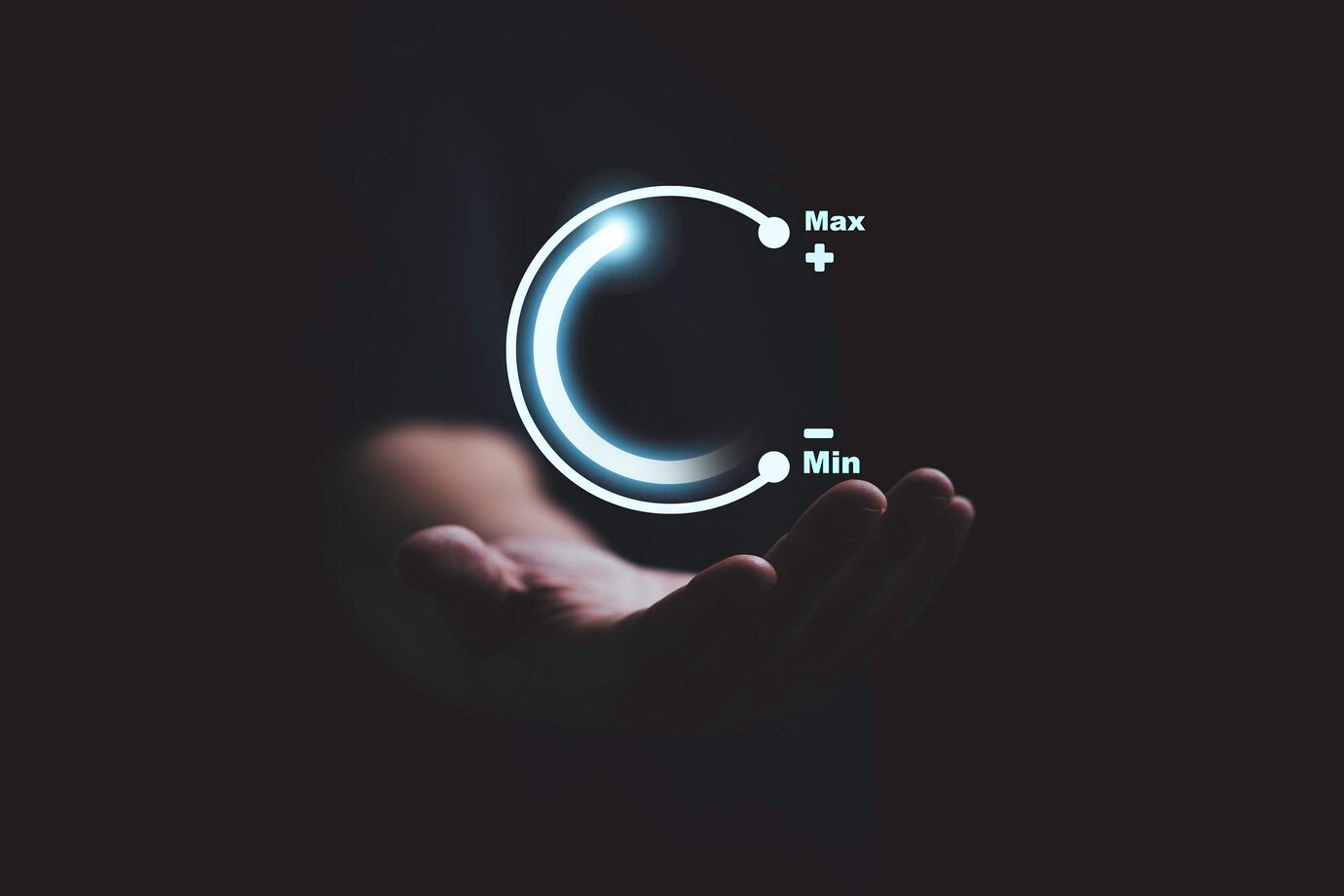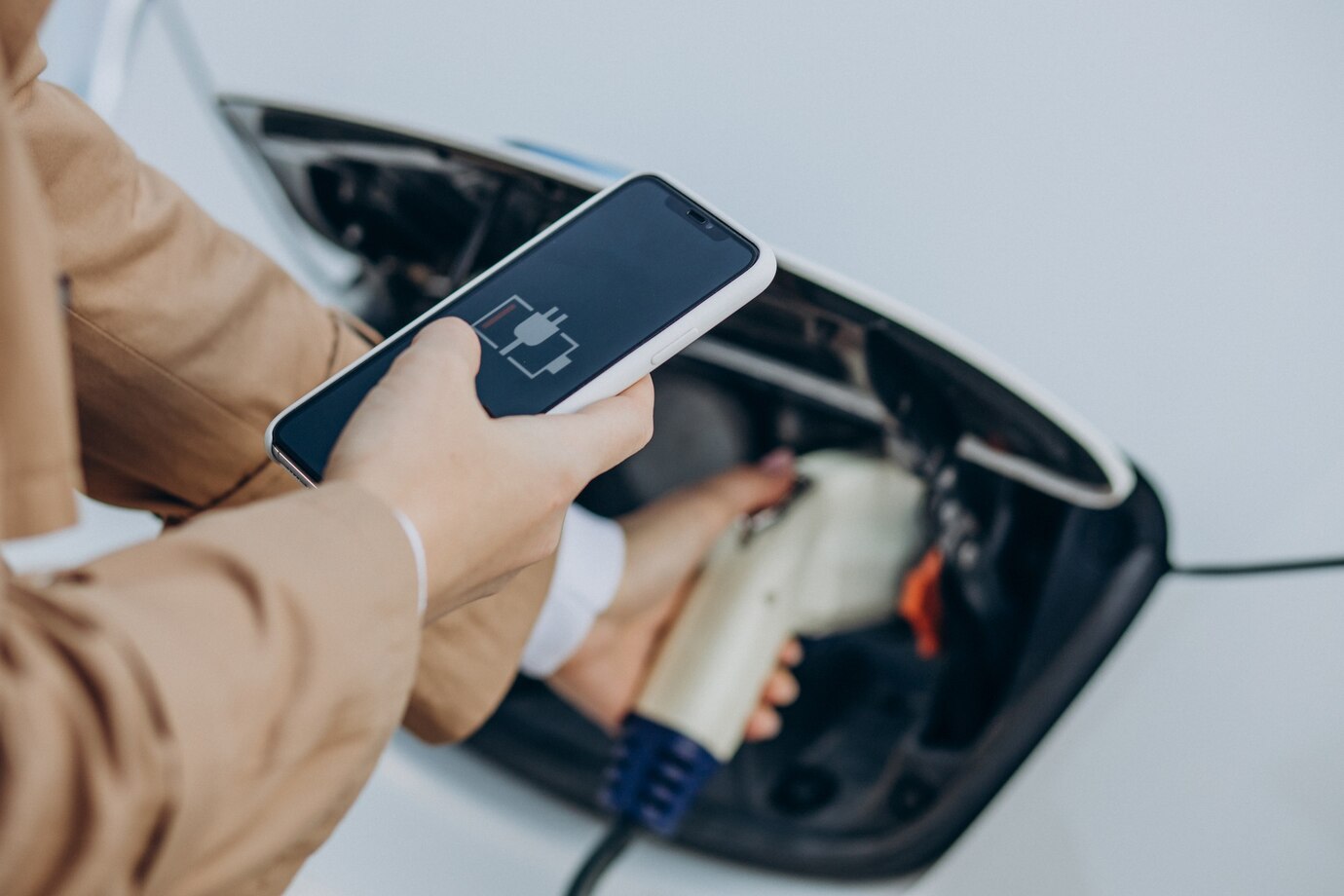The Importance of Battery Optimization in Mobile Apps
In the fast-evolving world of technology, where smartphones have become indispensable, battery life remains one of the most critical aspects of user experience. For mobile app developers, ensuring their apps are energy-efficient is not just a technical necessity but a competitive edge. As users juggle multiple applications daily, an app that excessively drains battery life is more likely to be uninstalled or ignored. This makes battery optimization an essential consideration in mobile app development.
Understanding the Role of Battery Optimization

Battery optimization refers to the techniques and strategies employed to reduce the energy consumption of a mobile application. This is vital because excessive battery usage can lead to user dissatisfaction and, ultimately, app abandonment. Research shows that a significant percentage of users uninstall apps due to high power consumption, highlighting how critical it is for developers to prioritize energy efficiency.
Optimizing battery consumption goes beyond maintaining user satisfaction. It aligns with the broader goals of sustainability by reducing energy usage on a larger scale. For mobile app developers, incorporating energy-efficient practices reflects a commitment to delivering high-quality apps that meet user expectations and environmental concerns.
Why Mobile App Developers Should Care About Battery Optimization

1. Enhanced User Experience:
Battery optimization directly impacts the user experience. Applications that consume minimal power allow users to engage with their devices for longer periods without frequent charging. For apps in categories like navigation, gaming, or social media—which are used extensively—low battery consumption can be a game-changer in retaining users.
2. Improved App Ratings and Reviews:
Apps with poor battery performance often face criticism in app store reviews. Negative feedback about battery drain can deter potential users from downloading the app. On the other hand, positive reviews about efficient energy use can boost an app’s visibility and credibility.
3. Higher Retention Rates:
User retention is a key metric for mobile app developers. Apps that excessively drain battery life are likely to be uninstalled quickly, leading to higher churn rates. By optimizing energy consumption, developers can ensure users stay engaged with their app over the long term.
4. Compliance with App Store Guidelines:
Both Google Play and Apple App Store emphasize the importance of energy-efficient apps. Apps that fail to meet these guidelines may face penalties, limited visibility, or even removal from app stores. Prioritizing battery optimization ensures compliance with these standards, safeguarding the app’s availability and discoverability.
Challenges in Battery Optimization

While the benefits of battery optimization are clear, achieving it can be challenging. Mobile devices are equipped with various hardware components—such as the CPU, GPU, GPS, and sensors—that consume varying amounts of energy. Balancing app functionality with energy efficiency requires careful planning and implementation.
One significant challenge is ensuring that background processes do not consume excessive power. Many apps rely on background activities for updates, notifications, and syncing data, which can significantly drain battery life if not managed properly. Additionally, developers need to account for the diverse range of devices, operating systems, and hardware configurations in the mobile ecosystem. This complexity makes it essential to adopt robust testing methodologies to identify and address energy consumption issues.
Strategies for Effective Battery Optimization

For mobile app developers, integrating energy efficiency into the app development lifecycle is crucial. Several strategies can help achieve this:
1. Efficient Use of Resources:
Developers should minimize the use of hardware resources like GPS and sensors. For instance, using approximate location data instead of real-time GPS tracking can significantly reduce battery consumption without compromising functionality.
2. Optimizing Background Processes:
Background services should be designed to operate only when necessary. Scheduling updates and syncing data during idle times can help conserve energy. Developers can also leverage operating system tools like Android’s WorkManager or iOS’s Background Tasks API to manage background activities efficiently.
Future Trends in Battery Optimization

The future of battery optimization in Mobile Apps is promising, with advancements in artificial intelligence (AI) and machine learning (ML) paving the way for more sophisticated solutions. AI-powered algorithms can analyze user behavior and adapt app performance to minimize energy consumption dynamically. Similarly, improvements in hardware technology, such as energy-efficient processors, will complement developers' efforts to build sustainable applications.
In addition, frameworks and libraries that facilitate energy-efficient development are becoming increasingly available, enabling developers to integrate best practices seamlessly. As awareness about energy consumption grows, mobile app developers are likely to face increasing pressure to prioritize sustainability and energy efficiency.
Conclusion

Battery optimization is no longer an optional feature; it is a fundamental aspect of mobile app development that directly influences user satisfaction, retention, and compliance with industry standards. For mobile app developers, adopting energy-efficient practices not only enhances the app’s performance but also demonstrates a commitment to sustainability and user-centric design. By prioritizing battery optimization, developers can create applications that stand out in a competitive market, ensuring long-term success and a loyal user base.






